Home>Gardening & Outdoor>Landscaping Ideas>How Often To Water Grass In Texas
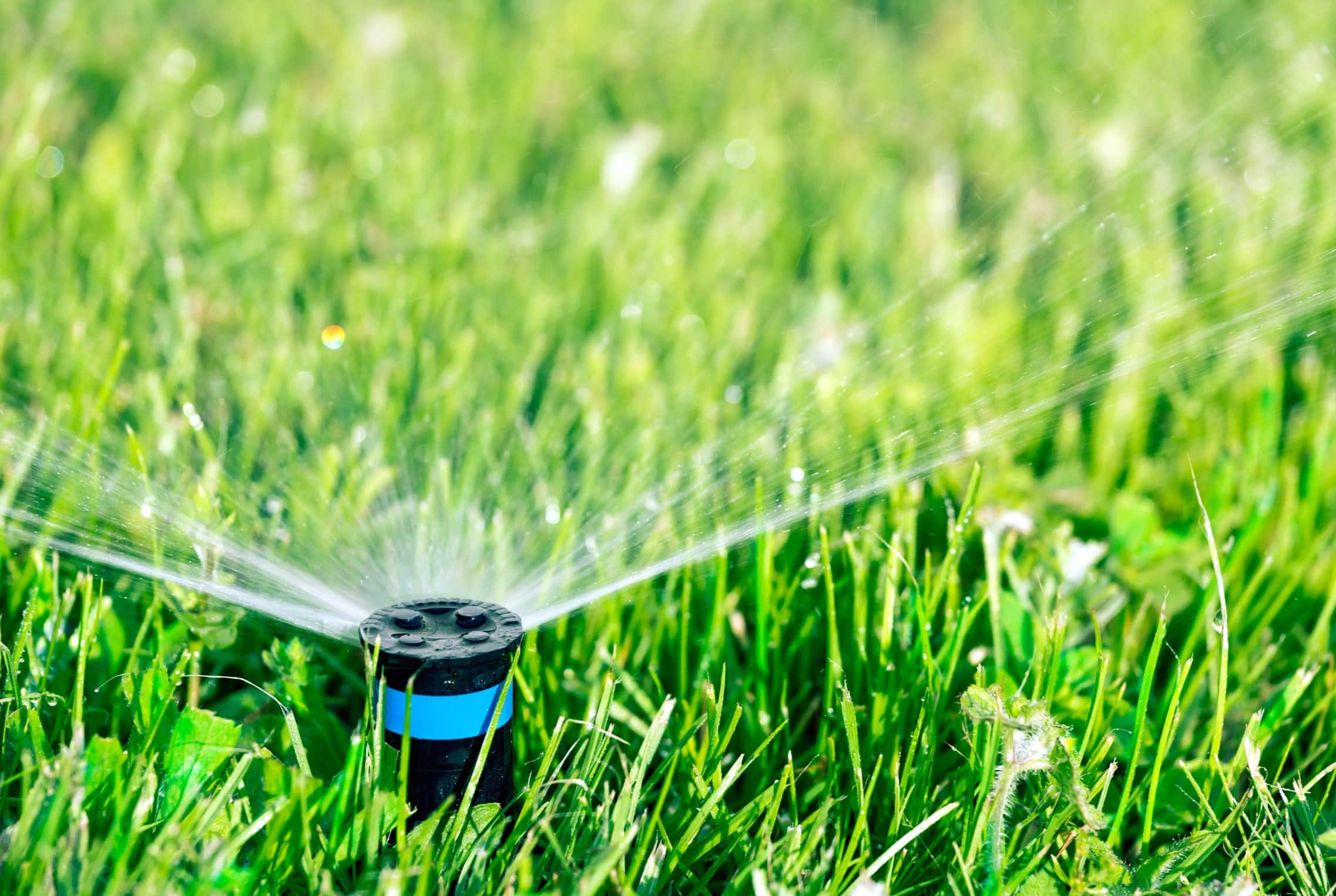

Landscaping Ideas
How Often To Water Grass In Texas
Modified: February 18, 2024
Learn the best landscaping ideas for watering grass in Texas. Discover how often to water your lawn for a healthy and vibrant yard.
(Many of the links in this article redirect to a specific reviewed product. Your purchase of these products through affiliate links helps to generate commission for Storables.com, at no extra cost. Learn more)
Introduction
When it comes to maintaining a lush, vibrant lawn in Texas, proper watering is crucial. The Lone Star State's diverse climate, which ranges from arid to humid, presents unique challenges for homeowners seeking to keep their grass healthy. Understanding how often to water grass in Texas involves considering a variety of factors, including the local climate, soil type, and the specific grass species grown in the region.
In this comprehensive guide, we will delve into the intricacies of watering your grass in Texas, offering valuable insights for homeowners and landscaping enthusiasts. By exploring the factors influencing watering frequency, understanding the nuances of Texas's climate, and providing general watering guidelines, we aim to equip you with the knowledge needed to nurture a thriving lawn. Additionally, we will examine the specific grass types commonly found in Texas, identify the telltale signs of overwatering and underwatering, and discuss how to adjust watering frequency to accommodate seasonal changes.
Whether you're a seasoned gardener or a novice homeowner, mastering the art of watering your grass in Texas is essential for maintaining a vibrant and resilient lawn. Let's embark on this journey to uncover the best practices and expert tips for achieving a verdant, healthy lawn in the dynamic Texas climate.
Key Takeaways:
- Understanding Texas’s diverse climate and soil conditions is crucial for watering your grass effectively. Factors like soil type, grass species, and seasonal variations impact watering frequency.
- By recognizing signs of overwatering and underwatering, adjusting watering frequency for seasonal changes, and choosing the right grass type, you can maintain a healthy and vibrant lawn in Texas.
Read more: How Often To Water Grass In Texas Summer
Factors Affecting Watering Frequency
Several key factors influence the frequency at which you should water your grass in Texas. Understanding these variables is essential for tailoring your watering schedule to meet the specific needs of your lawn. By taking into account the following considerations, you can optimize your watering practices to promote healthy grass growth and resilience.
- Soil Type: The composition of your soil plays a significant role in determining how often you need to water your grass. Sandy soils drain quickly and may require more frequent watering, while clay soils retain moisture for longer periods, necessitating less frequent irrigation.
- Grass Type: Different grass species have varying water requirements. For example, St. Augustine grass thrives with less frequent watering, while Bermuda grass may require more frequent irrigation to maintain its lush appearance.
- Local Climate: Texas exhibits diverse climate patterns, ranging from arid conditions in the west to more humid environments in the east. Understanding the specific climate of your region is crucial for adjusting your watering frequency accordingly.
- Seasonal Variations: The changing seasons impact the water needs of your grass. During the scorching summer months, increased watering may be necessary to combat heat stress, while cooler seasons may require less frequent irrigation.
- Shade and Sunlight: The amount of shade or sunlight your lawn receives can affect its water requirements. Shaded areas may retain moisture for longer periods, while sun-exposed areas may dry out more quickly, necessitating additional watering.
- Watering Equipment and Techniques: The efficiency of your watering equipment, such as sprinklers or drip irrigation systems, can influence the distribution of water across your lawn. Proper watering techniques can maximize the effectiveness of each irrigation session.
By carefully considering these factors and observing the unique characteristics of your lawn, you can determine the optimal watering frequency to promote healthy grass growth while conserving water resources. In the following sections, we will delve deeper into the nuances of Texas’s climate and provide specific watering guidelines tailored to the region’s diverse conditions.
Understanding Texas Climate
As the second-largest state in the U.S., Texas boasts a diverse climate that encompasses a wide range of temperature and precipitation patterns. Understanding the nuances of Texas’s climate is essential for effectively managing the watering needs of your lawn. From the arid regions of West Texas to the more humid environments in the eastern part of the state, each area presents unique challenges for maintaining healthy grass.
The western regions of Texas, including the arid and semiarid areas, experience hot, dry summers and mild winters. In these areas, water conservation is particularly crucial, and grass species that are more tolerant of drought conditions, such as Buffalo grass and Bermuda grass, may be more suitable choices for lawns.
Conversely, the eastern and southeastern parts of Texas receive higher annual precipitation and have a more humid subtropical climate. Summers are hot and often accompanied by frequent rainfall, while winters tend to be mild. St. Augustine grass, which thrives in moist, warm conditions, is a popular choice for lawns in these regions.
Central Texas exhibits a transitional climate, with a mix of characteristics from both the western and eastern parts of the state. This region experiences hot, dry summers and milder winters, making it essential to adapt watering practices to accommodate the fluctuating climate.
Coastal areas, including the Gulf Coast, are influenced by their proximity to the Gulf of Mexico, resulting in higher humidity levels and more moderate temperature fluctuations. This climate can impact the water requirements of grass, necessitating careful attention to prevent overwatering in these relatively moist environments.
By gaining a deeper understanding of the specific climate patterns in your region of Texas, you can tailor your watering practices to suit the unique environmental conditions. In the following sections, we will explore general watering guidelines and delve into specific grass types commonly found in Texas, providing valuable insights for maintaining a healthy and vibrant lawn in this dynamic state.
General Watering Guidelines
Establishing a well-defined watering routine is essential for nurturing healthy grass in Texas. By adhering to general watering guidelines tailored to the state’s diverse climate and soil conditions, homeowners can promote robust grass growth while conserving water resources. Consider the following tips to optimize your watering practices:
- Deep, Infrequent Watering: Instead of frequent shallow watering, aim to provide deep irrigation sessions that penetrate the root zone. This encourages the development of a strong and resilient root system, making the grass more drought-tolerant.
- Early Morning Watering: Schedule your watering sessions for the early morning hours to minimize water loss due to evaporation. This allows the grass blades to dry during the day, reducing the risk of fungal diseases.
- Watering Uniformity: Ensure that water is distributed evenly across your lawn to prevent overwatered and underwatered areas. Proper sprinkler placement and regular maintenance of irrigation systems are essential for achieving uniform watering.
- Monitoring Soil Moisture: Regularly assess the moisture levels in your soil to gauge the need for watering. Use a soil moisture meter or perform a simple soil texture test to determine when irrigation is necessary.
- Adjusting for Rainfall: During periods of increased rainfall, adjust your watering schedule accordingly to prevent waterlogging and nutrient leaching. Monitoring weather forecasts can help you adapt your watering routine to natural precipitation.
- Conserving Water: Embrace water-efficient practices, such as installing rain barrels to capture runoff or utilizing drip irrigation systems that deliver water directly to the root zone. Conserving water is not only environmentally responsible but also cost-effective.
By implementing these general watering guidelines, you can establish a sustainable and effective watering regimen for your Texas lawn. These practices not only promote the health and vitality of your grass but also contribute to the responsible stewardship of water resources in the state. In the following sections, we will delve into the specific grass types commonly found in Texas and explore the signs of overwatering and underwatering, equipping you with the knowledge to maintain a thriving lawn in the dynamic Texas climate.
Water your grass in Texas 1-2 times per week, giving it about 1-1.5 inches of water each time. Adjust based on rainfall and temperature.
Specific Grass Types in Texas
When it comes to selecting the most suitable grass for your Texas lawn, considering the specific grass types that thrive in the state’s diverse climate is essential. Different grass species exhibit varying levels of drought tolerance, shade tolerance, and maintenance requirements, making it crucial to choose a variety that aligns with your local environmental conditions and landscaping goals. The following are some of the prominent grass types commonly found in Texas:
- St. Augustine Grass: Known for its lush, dense growth and vibrant green hue, St. Augustine grass is a popular choice for lawns in the eastern and coastal regions of Texas. This warm-season grass thrives in moist, shaded areas and exhibits excellent tolerance to the state’s humid climate.
- Bermuda Grass: With its exceptional heat tolerance and resilience, Bermuda grass is well-suited to the hot, arid regions of Texas. This grass species requires ample sunlight and is prized for its rapid growth and ability to withstand heavy foot traffic, making it an ideal choice for lawns and athletic fields.
- Zoysia Grass: Zoysia grass is celebrated for its drought tolerance and low maintenance requirements, making it a versatile option for Texas lawns. This warm-season grass thrives in both sun and shade, exhibiting a dense growth pattern and a vibrant green color.
- Buffalo Grass: Native to the plains of North America, Buffalo grass is well-adapted to the dry, semiarid regions of Texas. This low-maintenance, drought-tolerant grass species is prized for its fine texture and exceptional water efficiency, making it an eco-friendly choice for homeowners seeking to conserve water.
- Centipede Grass: Recognized for its low fertility requirements and minimal mowing needs, Centipede grass is well-suited to the acidic soils and moderate climate of East Texas. This warm-season grass thrives in partially shaded areas and exhibits a coarse texture with a vibrant green color.
By understanding the unique characteristics and environmental preferences of these grass types, homeowners can make informed decisions when selecting the most suitable variety for their Texas lawn. Whether you prioritize drought tolerance, low maintenance, or shade tolerance, there is a diverse array of grass species available to meet your specific landscaping needs. In the following sections, we will explore the signs of overwatering and underwatering, equipping you with the knowledge to maintain a vibrant and resilient lawn in the dynamic Texas climate.
Read more: How Long To Water Grass In Texas
Signs of Overwatering and Underwatering
Recognizing the signs of overwatering and underwatering is crucial for maintaining the health and vitality of your Texas lawn. Both conditions can have detrimental effects on grass growth and overall lawn aesthetics, making it essential to identify and address these issues promptly. By understanding the telltale signs of overwatering and underwatering, homeowners can adjust their watering practices to promote optimal grass health. Here are the key indicators to look for:
- Signs of Overwatering: Excessive watering can lead to waterlogged soil and a range of symptoms in grass, including:
- Wilting or yellowing grass, often accompanied by a spongy or mushy feel to the turf.
- Persistent presence of puddles or runoff water after irrigation sessions.
- An increase in fungal diseases, such as mold, mildew, or fungal spots, on the grass blades.
- Stunted root growth and an overall decline in grass vigor.
- Signs of Underwatering: Insufficient watering can result in stress and dehydration in grass, manifesting as:
- Grass blades turning a bluish-gray hue or becoming brittle and prone to wilting.
- Persistent dry, cracked soil and a lack of moisture in the root zone.
- Reduced grass growth and a gradual browning or yellowing of the lawn, particularly in hot, sun-exposed areas.
- Footprints or imprints that remain visible on the grass due to the lack of resilience and moisture.
By monitoring your lawn for these telltale signs, you can proactively adjust your watering frequency and duration to mitigate the risks of overwatering and underwatering. Fine-tuning your watering practices based on the specific needs of your grass and the prevailing climate conditions is essential for fostering a healthy and resilient lawn in Texas. In the following section, we will discuss how to adjust watering frequency to accommodate seasonal changes, providing valuable insights for maintaining optimal grass health throughout the year.
Adjusting Watering Frequency for Seasonal Changes
Adapting your watering frequency to align with seasonal changes is pivotal for sustaining healthy grass growth in Texas. The state’s dynamic climate, characterized by fluctuating temperatures and precipitation patterns throughout the year, necessitates a flexible approach to lawn maintenance. By tailoring your watering schedule to accommodate seasonal variations, you can optimize the health and resilience of your lawn. Consider the following guidelines for adjusting your watering frequency across different seasons:
- Spring: As temperatures begin to rise and grass enters a phase of active growth, it’s essential to increase your watering frequency. Aim for deep, infrequent watering sessions to encourage robust root development and promote lush, green grass.
- Summer: The scorching heat of Texas summers demands heightened attention to watering. Increase the frequency of irrigation sessions, particularly during prolonged dry spells, to prevent heat stress and dehydration in the grass. Early morning watering remains crucial to minimize water loss through evaporation.
- Fall: As temperatures moderate and grass growth slows, gradually reduce the frequency of watering to align with the diminishing water needs of the lawn. Monitor soil moisture levels and adjust your irrigation schedule based on the changing weather patterns in the fall.
- Winter: During the cooler months, when grass becomes dormant, scale back your watering frequency to prevent waterlogging and minimize the risk of fungal diseases. Adjust irrigation based on the occasional rainfall and the overall moisture levels in the soil.
By attuning your watering practices to the seasonal nuances of Texas’s climate, you can ensure that your lawn receives the optimal amount of moisture to thrive throughout the year. Monitoring weather forecasts, observing the condition of your grass, and adjusting your irrigation schedule accordingly are essential components of effective seasonal watering management. With these insights, you can navigate the dynamic Texas climate with confidence, nurturing a healthy and vibrant lawn in every season.
Conclusion
Nurturing a thriving lawn in Texas requires a deep understanding of the state’s diverse climate, soil conditions, and the specific water needs of different grass species. By considering the factors influencing watering frequency, gaining insights into Texas’s climate patterns, and adhering to general watering guidelines, homeowners can cultivate a vibrant and resilient lawn that enhances the beauty of their outdoor spaces. Additionally, recognizing the signs of overwatering and underwatering and adjusting watering frequency to accommodate seasonal changes are essential components of effective lawn maintenance in the dynamic Texas climate.
As you embark on your journey to maintain a healthy lawn, it’s important to tailor your watering practices to the unique characteristics of your grass and the prevailing environmental conditions. Whether you’re tending to St. Augustine grass in the humid coastal regions or nurturing Bermuda grass in the arid west, adapting your watering frequency and techniques is essential for promoting optimal grass health while conserving water resources.
By implementing water-efficient practices, monitoring soil moisture levels, and adjusting your watering schedule based on seasonal variations, you can foster a lush and resilient lawn that thrives in the ever-changing Texas climate. Embracing responsible watering practices not only contributes to the health and beauty of your lawn but also reflects a commitment to sustainable landscaping and environmental stewardship.
As you apply the insights and guidelines presented in this comprehensive guide, you are poised to elevate your lawn care efforts, fostering a verdant and inviting outdoor environment that enhances the aesthetic appeal of your property. By embracing the art of watering your grass in Texas with knowledge and mindfulness, you can embark on a journey of sustainable lawn care that yields enduring beauty and vitality for years to come.
Frequently Asked Questions about How Often To Water Grass In Texas
Was this page helpful?
At Storables.com, we guarantee accurate and reliable information. Our content, validated by Expert Board Contributors, is crafted following stringent Editorial Policies. We're committed to providing you with well-researched, expert-backed insights for all your informational needs.
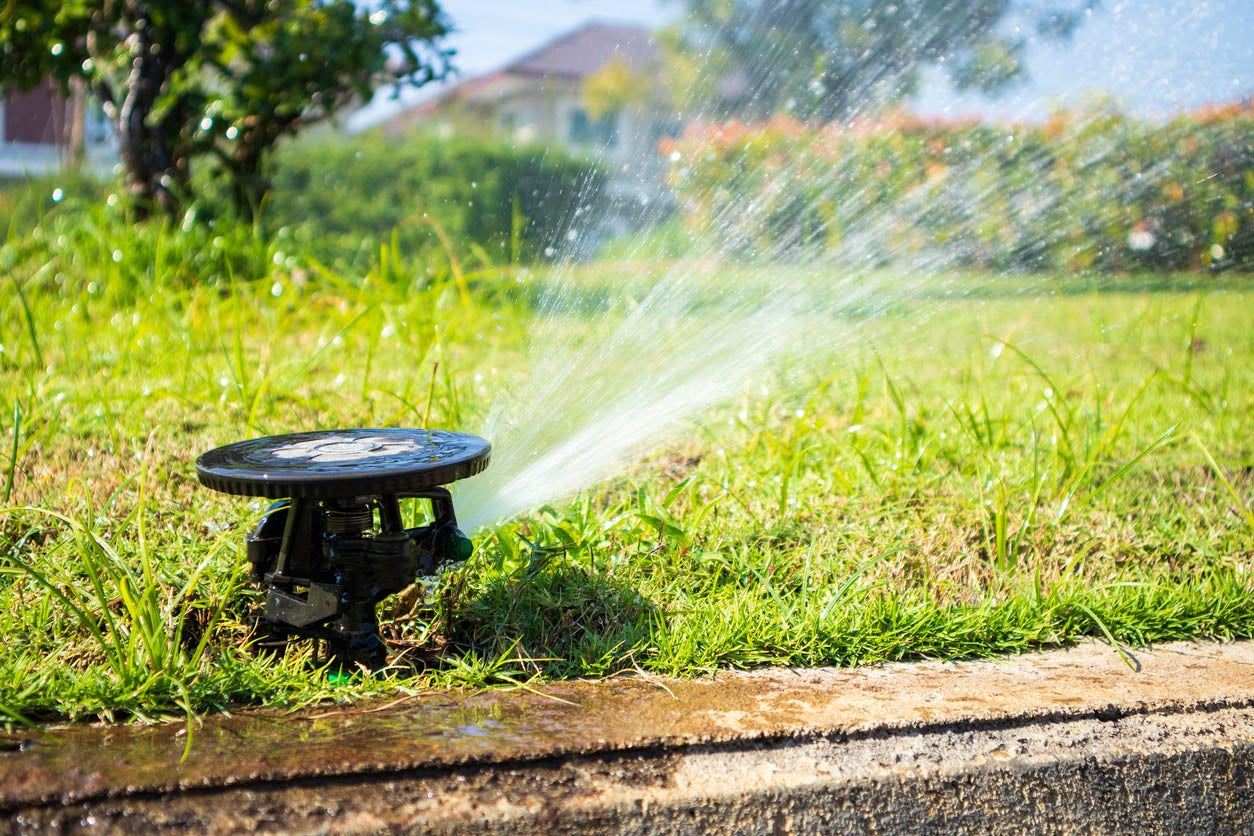
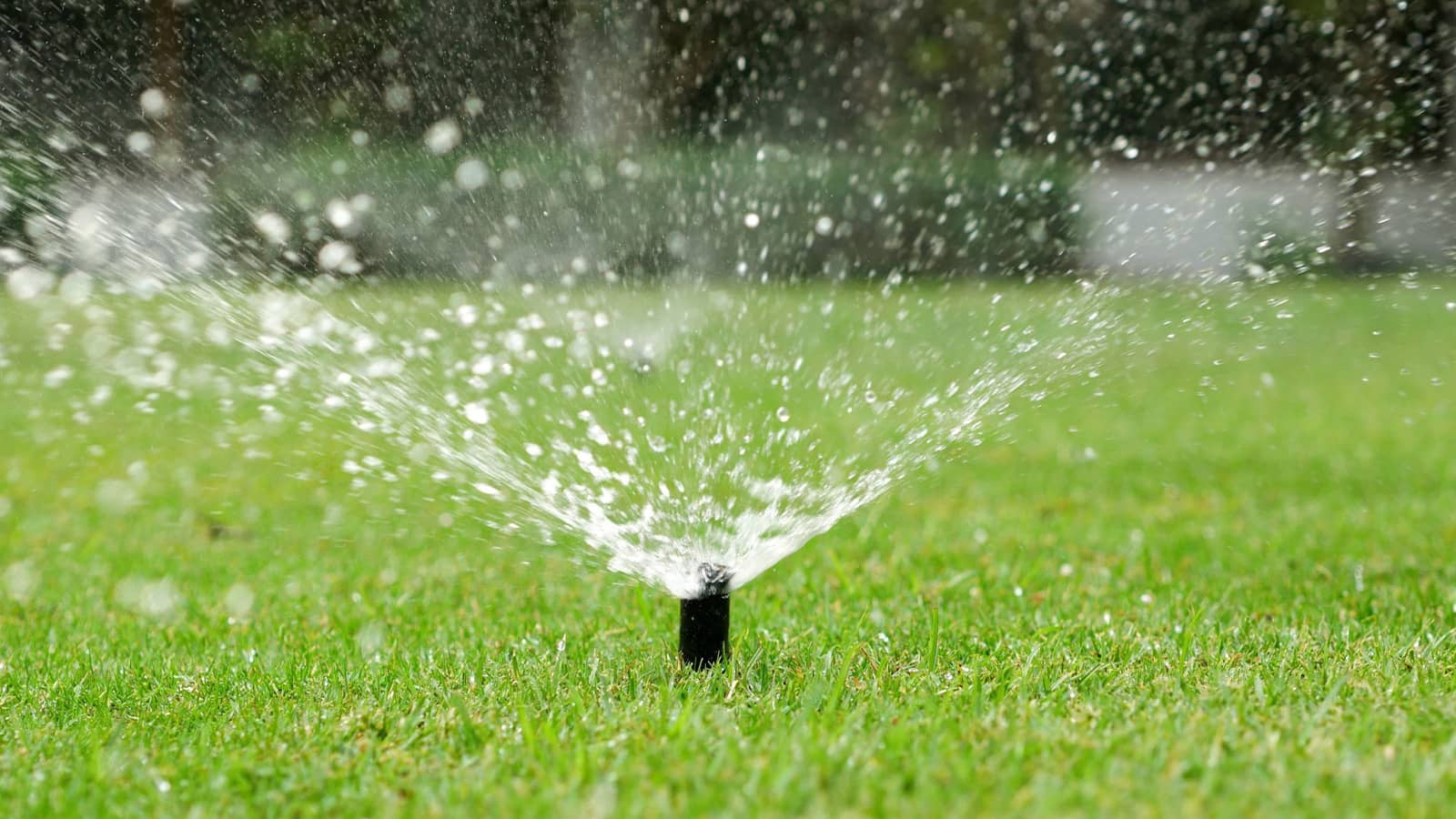
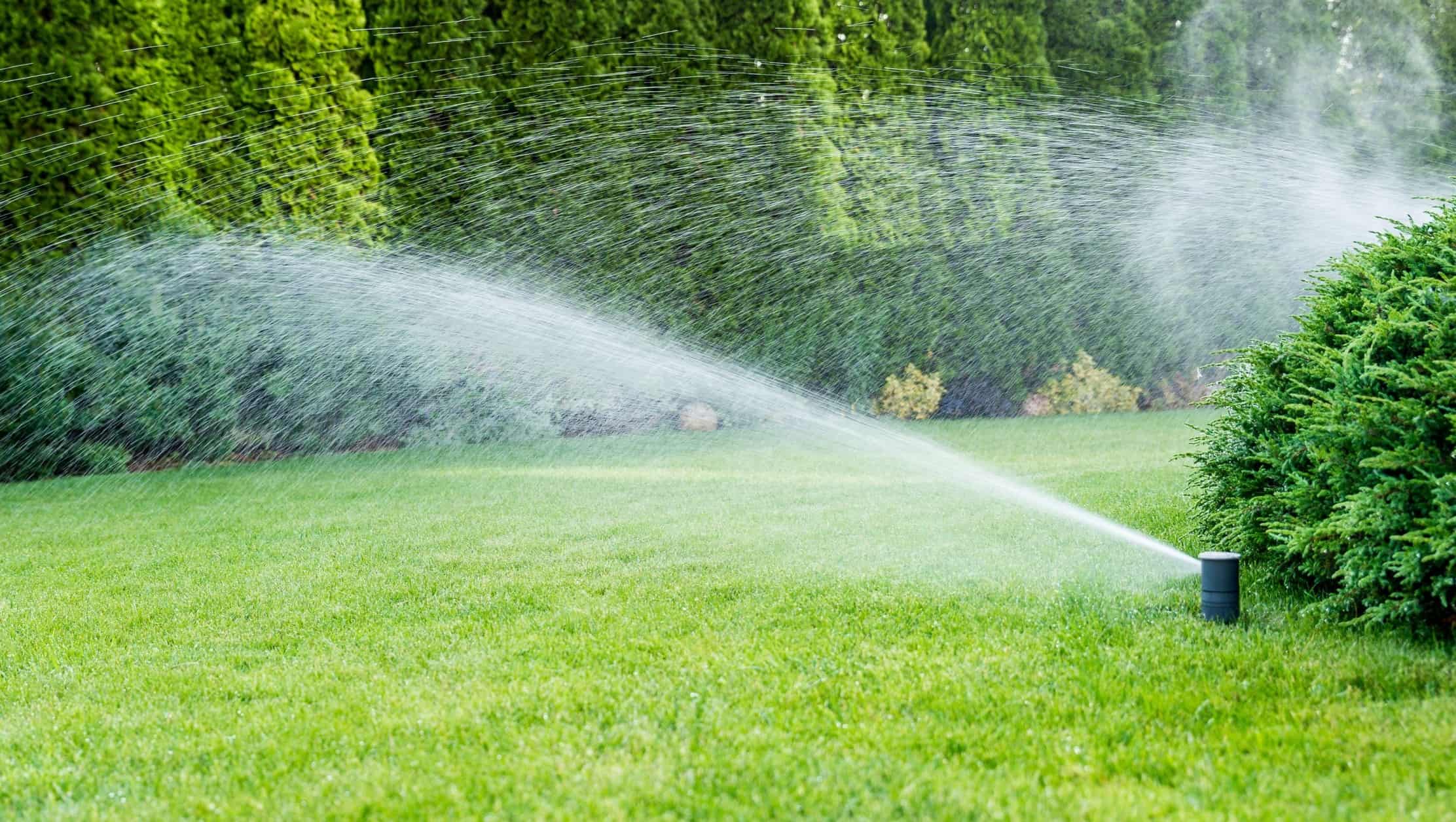
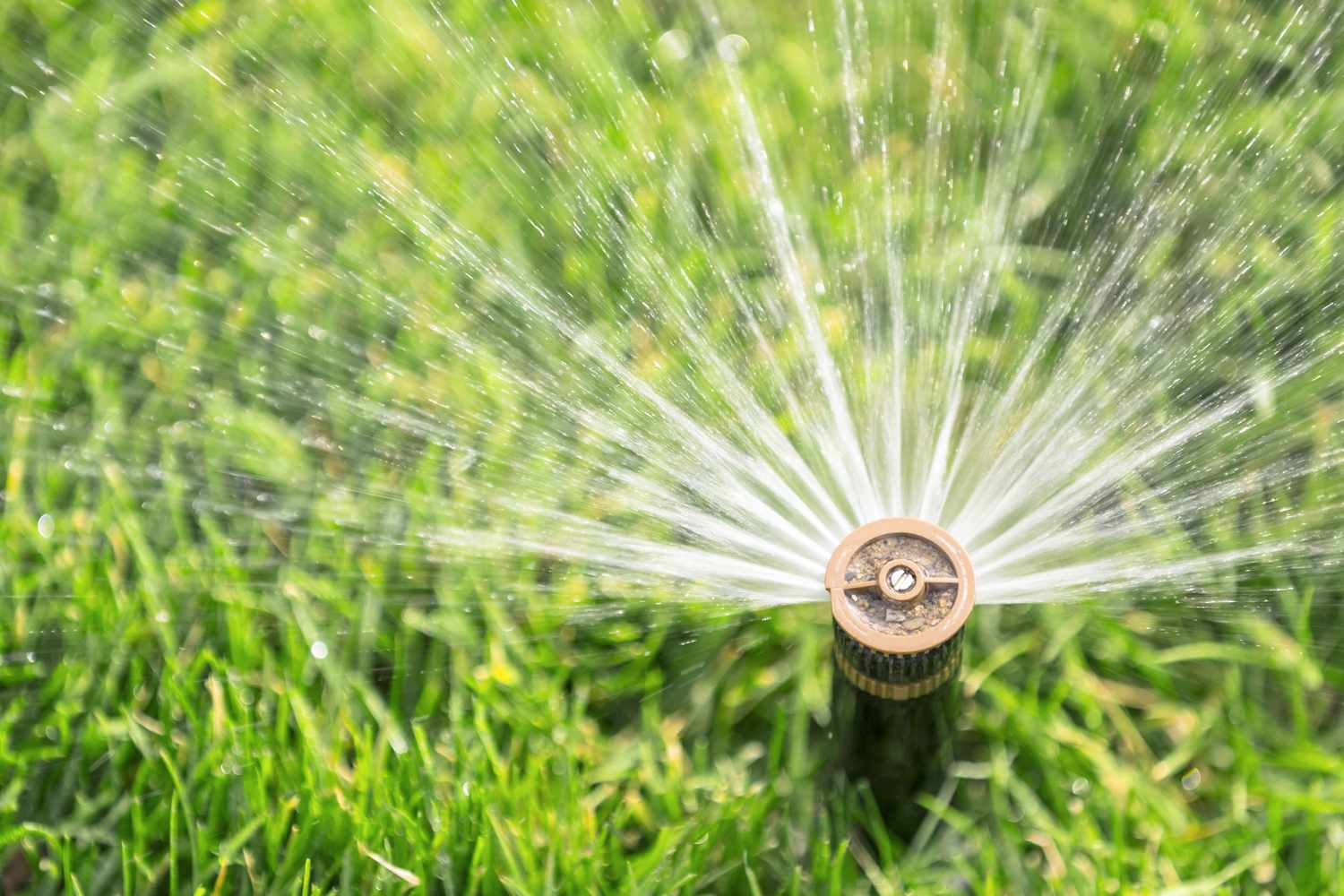
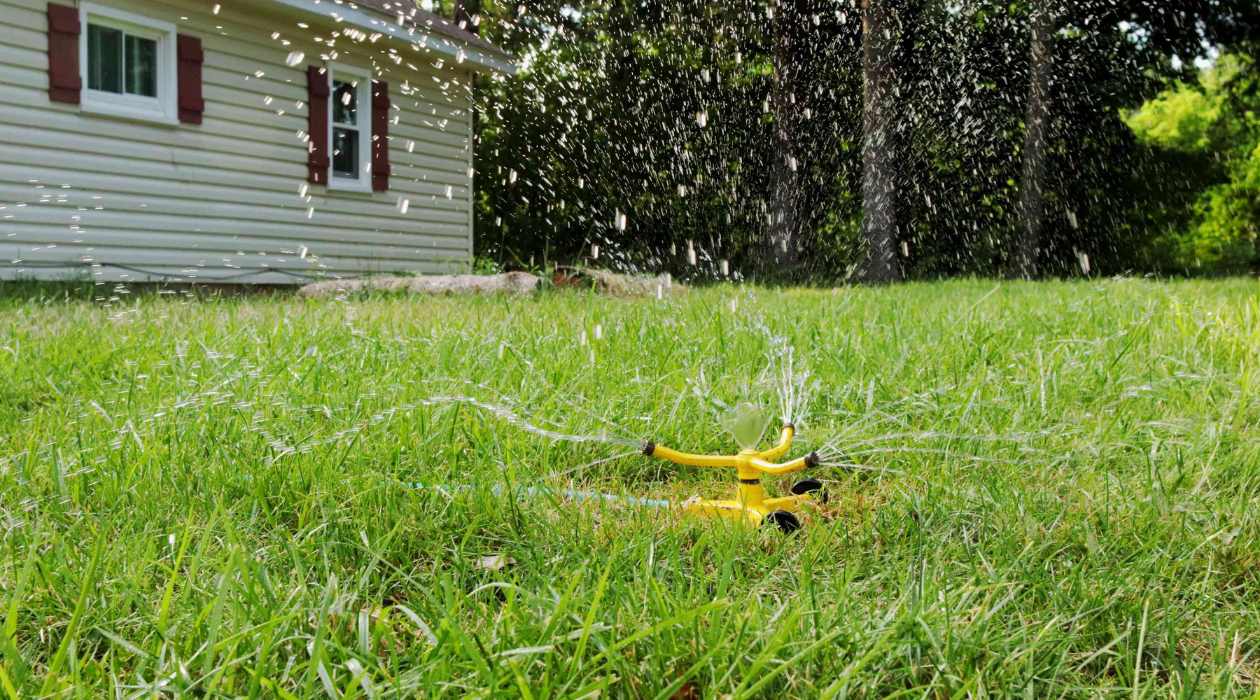
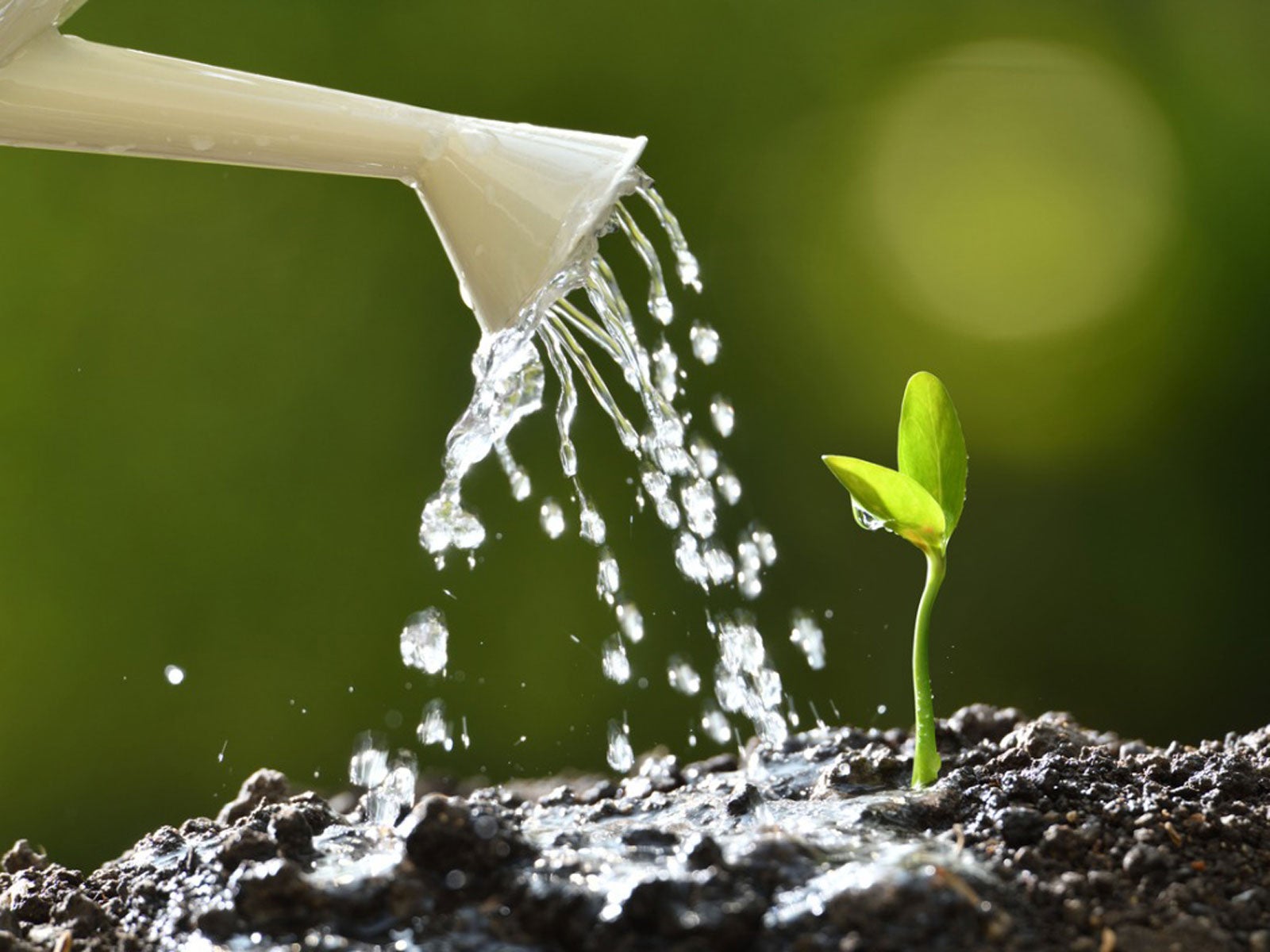
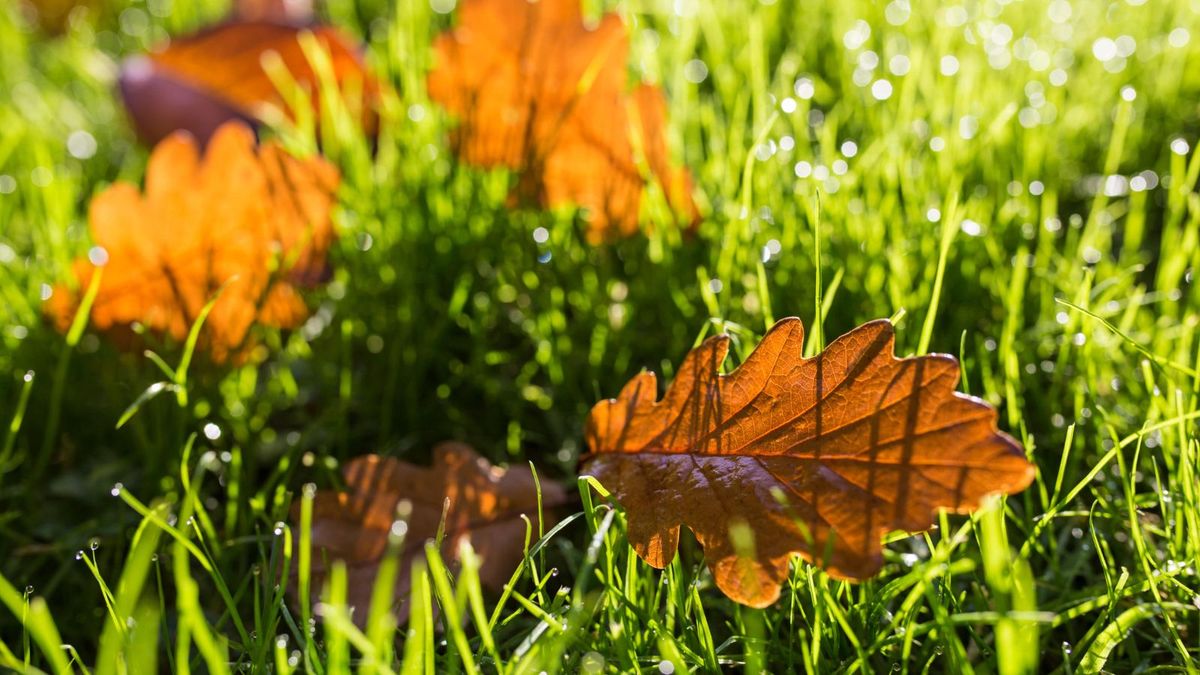
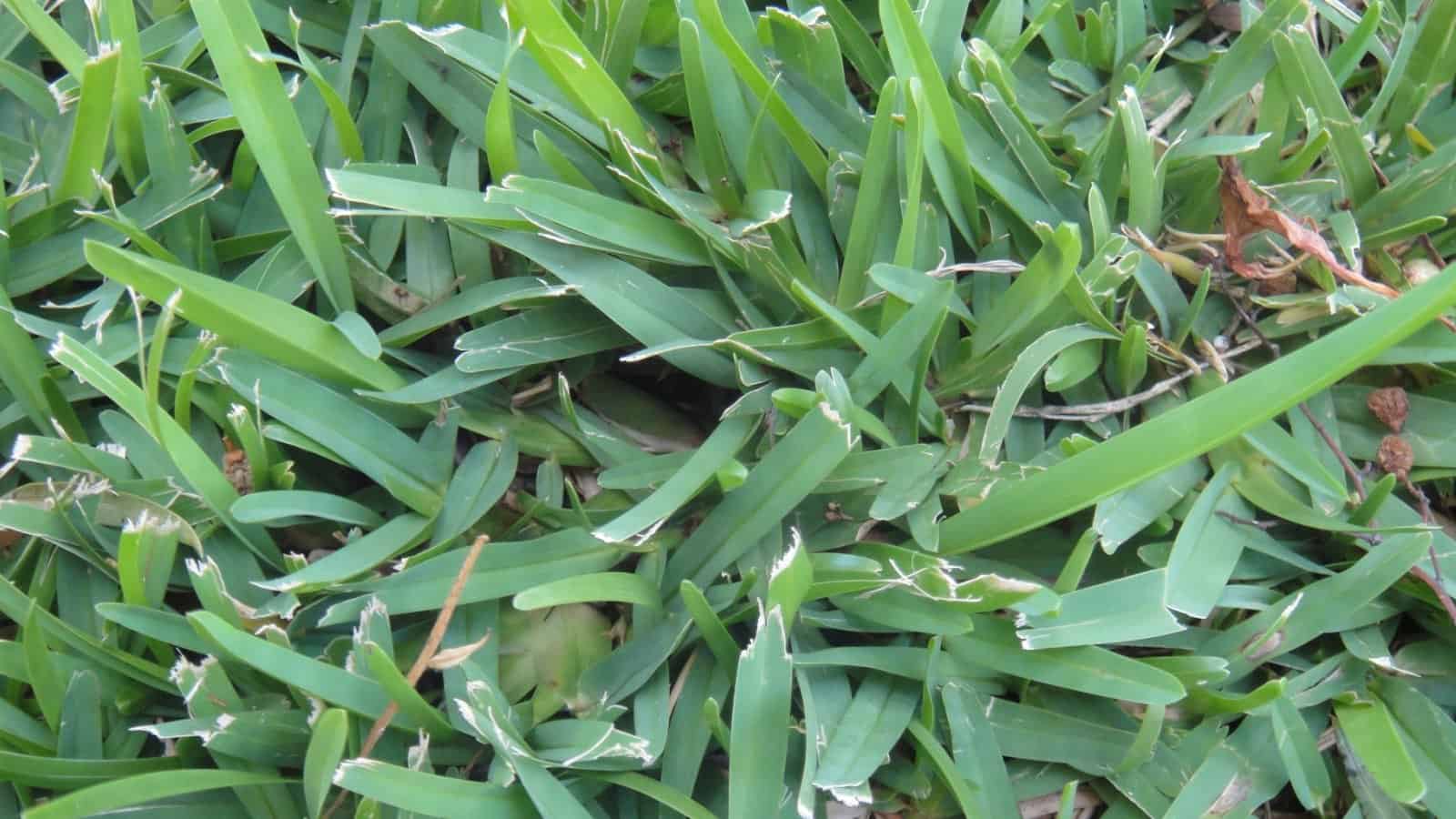
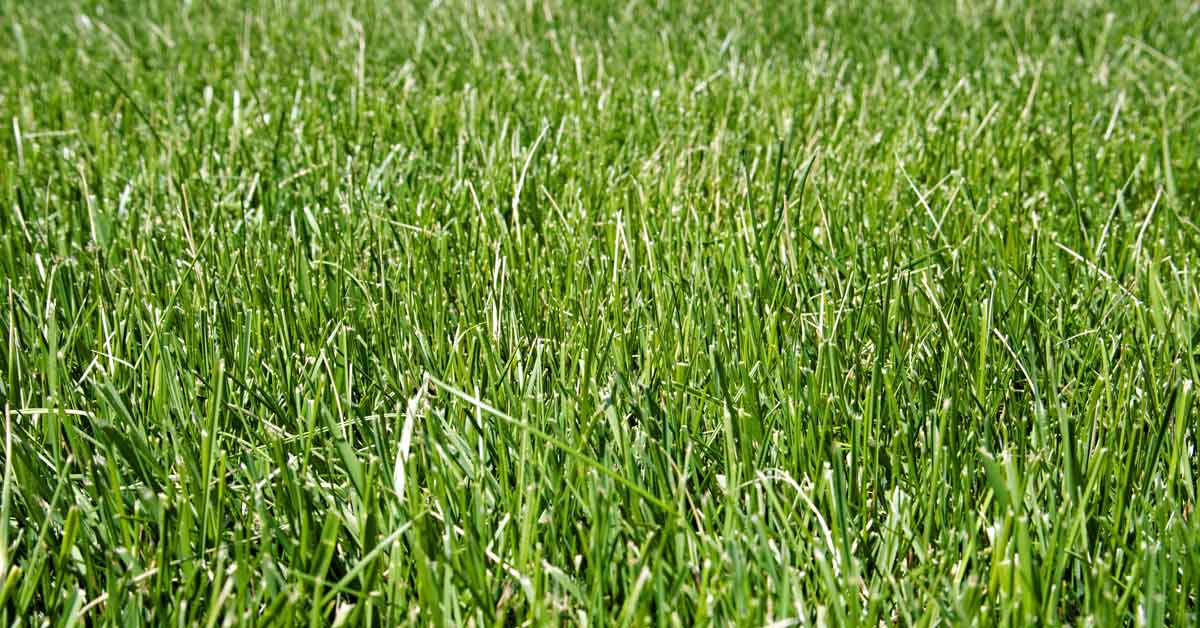
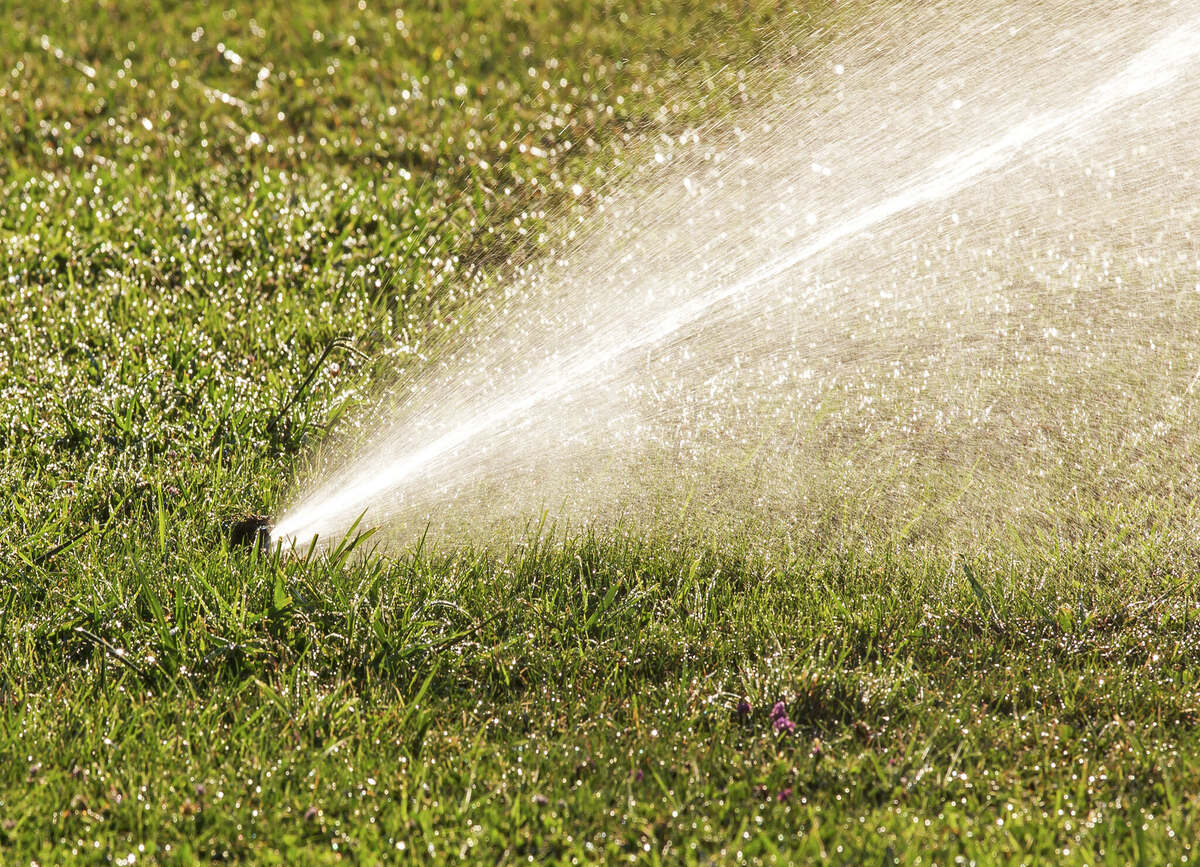
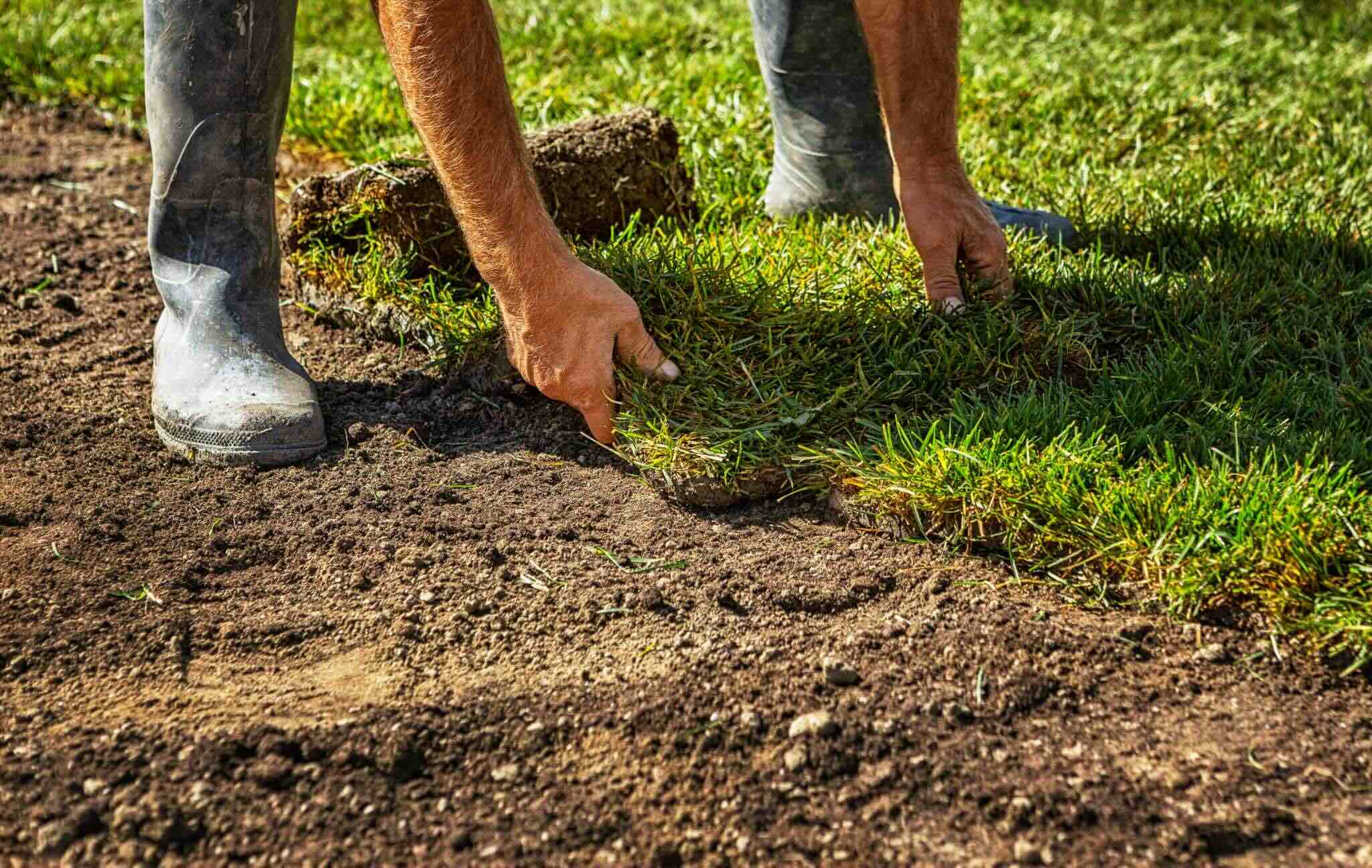
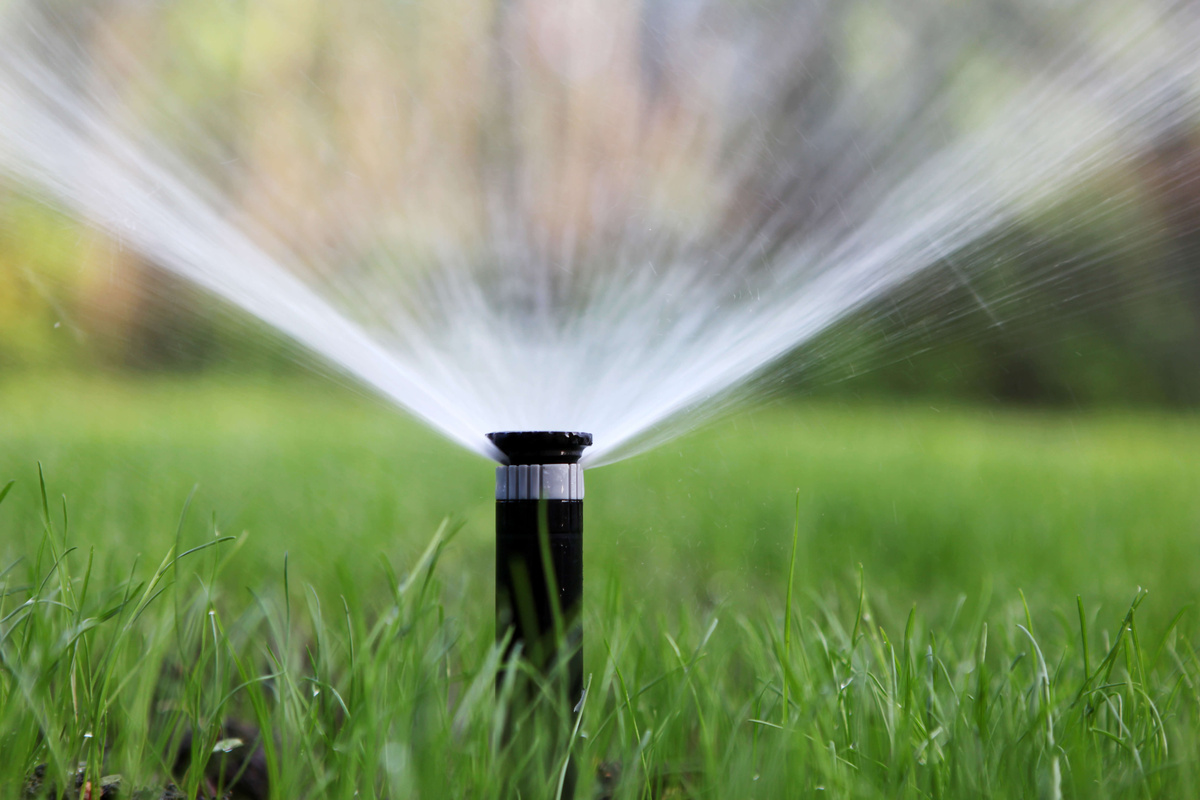
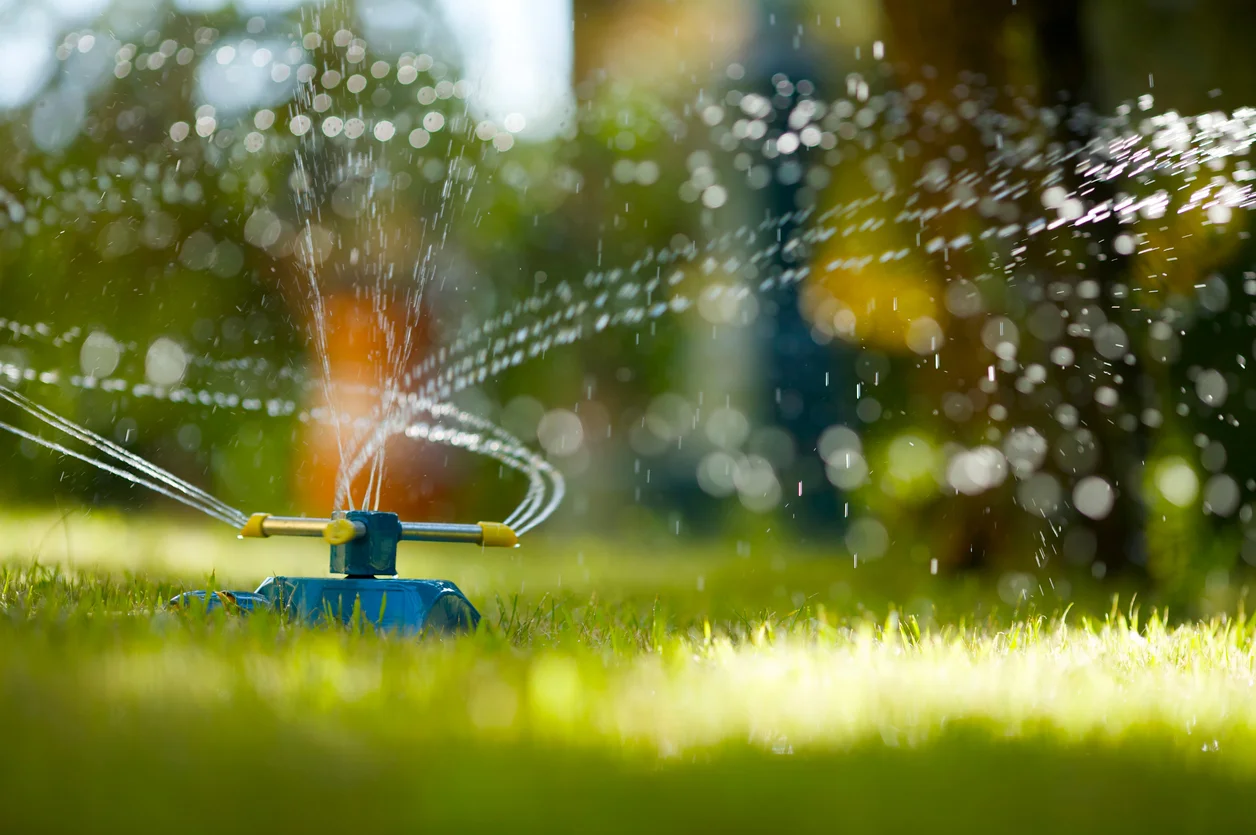
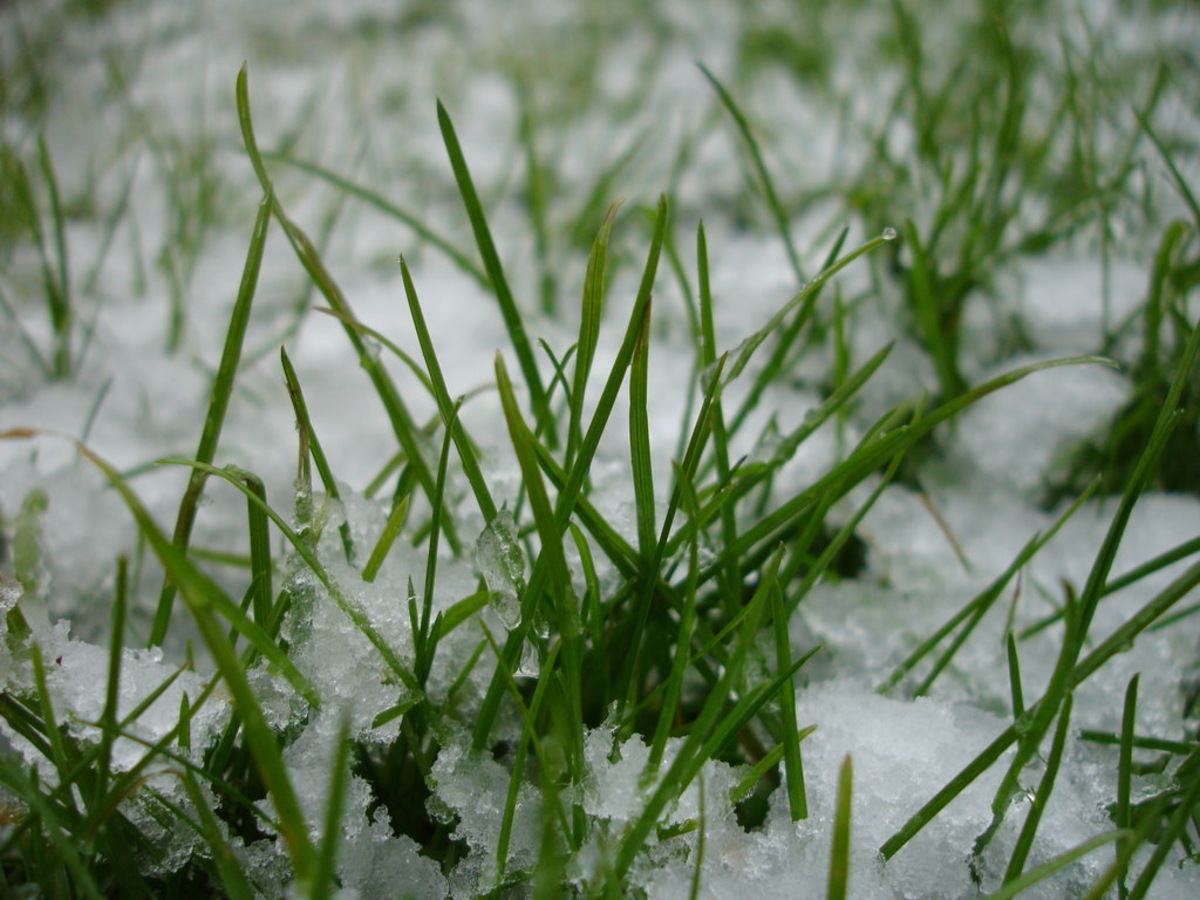

0 thoughts on “How Often To Water Grass In Texas”